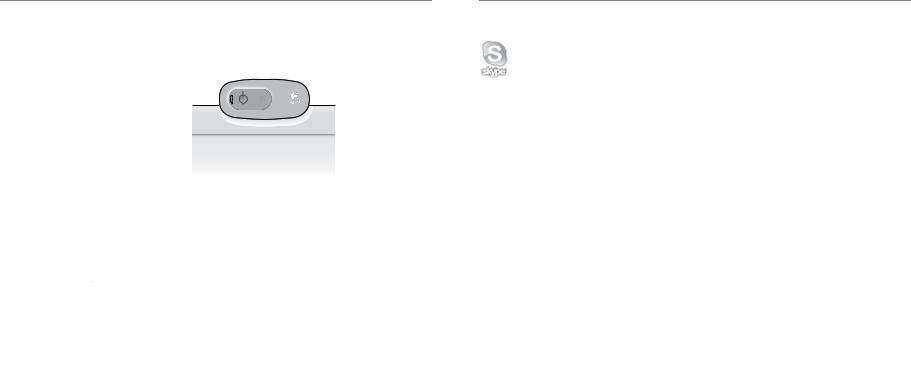
- LOGITECH V U0018 SOFTWARE HOW TO
- LOGITECH V U0018 SOFTWARE INSTALL
- LOGITECH V U0018 SOFTWARE UPDATE
- LOGITECH V U0018 SOFTWARE DRIVER
LOGITECH V U0018 SOFTWARE DRIVER
Driver Easy will then scan your computer and detect any problem drivers. You don’t need to know exactly what system your computer is running, you don’t need to risk downloading and installing the wrong driver, and you don’t need to worry about making a mistake when installing.
LOGITECH V U0018 SOFTWARE UPDATE
If you don’t have the time, patience or computer skills to update your Logitech webcam driver manually, you can do it automatically with Driver Easy. Option 2: Update your Logitech webcam driver automatically (100% Safe) (Recommended)
LOGITECH V U0018 SOFTWARE INSTALL
Be sure to choose the driver that’s compatible with your Windows operating system, and then download and install the driver manually. Then check out the section for driver downloads. You can first head to the Logitech Support page and select the device model of your Logitech webcam. You’ll need some computer skills and patience to update your webcam driver this way, because you need to find the exactly right driver online, download it and install it step by step. Option 1: Update your Logitech webcam driver manually


Update your Logitech webcam driver manually.There are two ways to update your Logitech webcam driver:

You can now of course add more Raspberry Pi modules in the game, to make a whole surveillance system! From the mjpg-streamer module it is easy to get a piece of code that can be embedded in another web page.If you want to keep your Logitech webcam in tip-top shape, you should keep your Logitech webcam driver up-to-date. In this project, we built a basic surveillance camera using the Raspberry Pi camera module and some open-source software. If you just want to see the stream, go to: Simply go on ‘Stream’ in the menu, and you should see live streaming from the USB camera connected to your Pi! You will see that a lot of text will be printed inside the terminal, which means the streaming is active. mjpg_streamer -i “./input_uvc.so” -o “./output_http.so -w. Then type this command to install required modules:Īfter that, type this command to build the mjpg-streamer package:Īnd finally type this command to start the streaming: You can find all the details at:įirst type the following command in a terminal from your Pi: But luckily for us, a developer made a version available for the Raspberry Pi, and we are going to install it now. However, the module is not available in the official Raspberry Pi Linux repository. This module is really great for video streaming, as it will create a nice web page from which you can access the video stream. We will now stream video locally using the mjpg-streamer module. Then, simply check the image that was created by the command. The camera LED should turn on, which means it is active and currently taking a picture. The hardware configuration is really simple: you just need to plug the camera in your Pi, using one of the USB port on the Raspberry Pi. This is the list of the components you will need for this project: I used a Logitech C720 HD camera for this project. You need a camera that is compatible with the UVC standard, which is the case for most of the cameras you will find today. After that, we will configure the Raspberry Pi so it streams the video continuously on a web page.Īpart from the Raspberry Pi itself, the most important component of this chapter will be the USB camera. To do that, we will first connect a USB camera to your Pi, and then test if it works correctly.

LOGITECH V U0018 SOFTWARE HOW TO
In this project we are going to see how to connect an external USB camera to your Raspberry Pi, and make a simple video surveillance system from it, allowing you to see in live what is seen by the camera. In order to do that, you will need to use an external USB camera. Sometimes, you would like to monitor your home from another angle that what the Raspberry Pi camera can achieve.


 0 kommentar(er)
0 kommentar(er)
